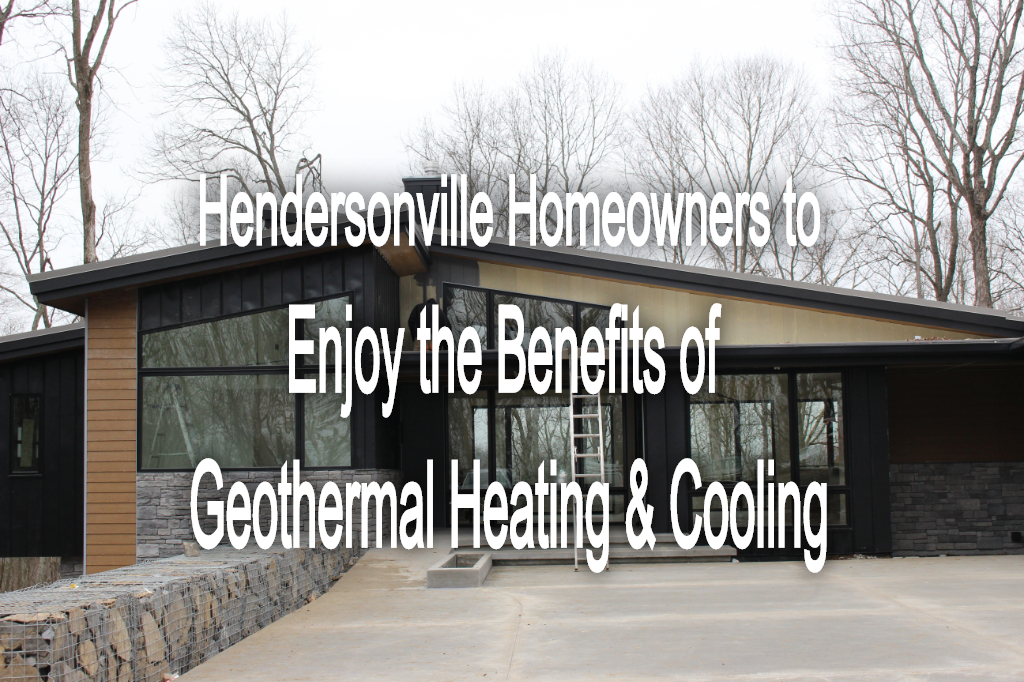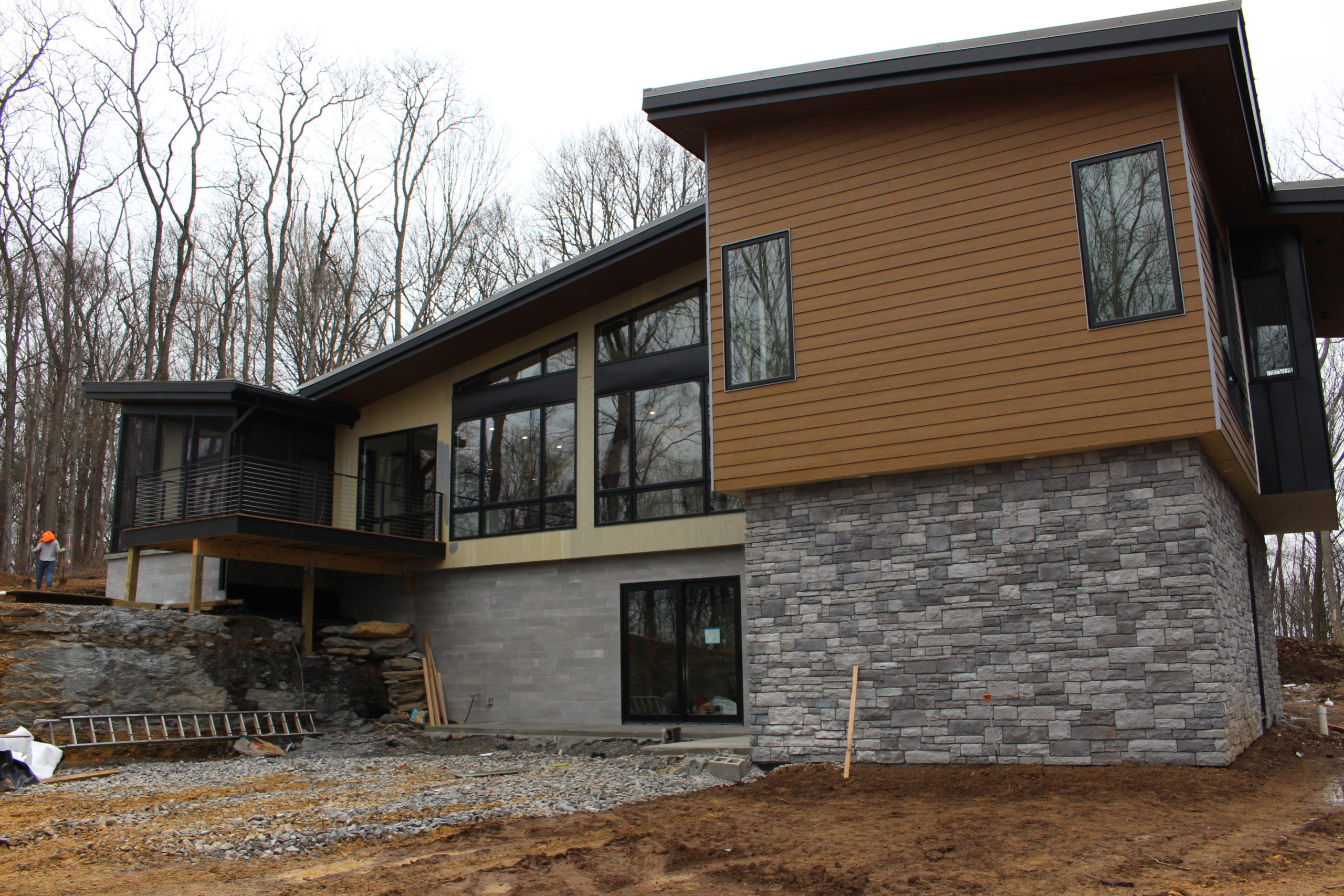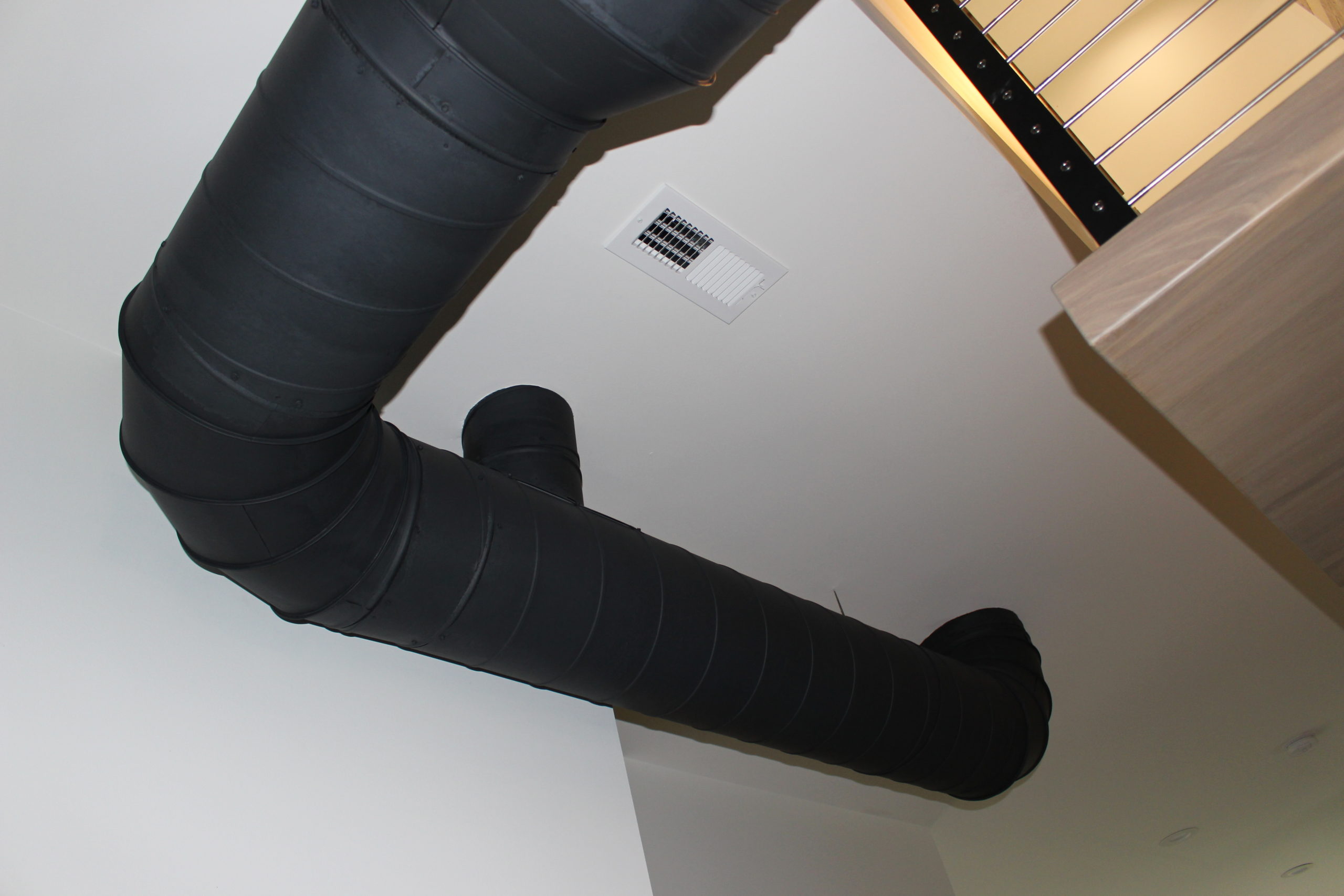 Jewell Mechanical is one of a handful of HVAC companies in Middle Tennessee that installs and services geothermal heating & cooling systems.
Jewell Mechanical is one of a handful of HVAC companies in Middle Tennessee that installs and services geothermal heating & cooling systems.
“There are probably 500 companies within a 90-mile radius of Nashville and there are fewer than ten of us that do geothermal,” explains David Mossor, Jewell Mechanical’s residential construction manager.
One of our recent geothermal installation projects came at a house on Hurt Rd. in Hendersonville.
“The customer was looking for an exceptionally energy efficient system,” says Mossor, “and one of the biggest benefits of geothermal heating and cooling is efficiency.”

How Geothermal Works
To understand why such a system is so efficient, it’s helpful to know a little about how geothermal heating and cooling works.
From an operational perspective, a geothermal heat pump is similar to a conventional heat pump, except it exchanges heat with the ground instead of the outdoor air.
So while a conventional system collects indoor heat and expels it outside, a geothermal system cools your home by collecting the heat and moving it to the much cooler ground.
Then, in winter, instead of collecting outdoor heat from the air and moving it indoors, a geothermal system draws from the heat underground, which remains a relatively constant 59 degrees here in Middle Tennessee.
“The advantage of geothermal is that it’s all underground,” elaborates Mossor. “In cooling mode it’s a whole lot easier to transfer heat to a 50-something-degree environment than a 90-something-degree environment.
And in the winter, instead of trying to pull heat out of 30-degree air to bring it into the home, with geothermal it’s 59 degrees. So, on average, a geothermal system is 60-70 percent more efficient than a conventional system.”
To get the job done, a geothermal unit uses a series of underground pipes, which are installed either vertically or horizontally. Vertical loops can be used on lots where space is limited, whereas horizontal pipe loops are typically preferred when space is more abundant.
“It doesn’t take a lot of land,” says Mossor. “Oftentimes a quarter-acre lot is sufficient.”
As for delivery of the hot and cold air, that is almost always accomplished via a conventional duct system, though as you can see from the photos here, the Hurt Rd. house has exposed, black duct-work.
“It’s very unusual, but this home uses exposed, spiral duct-work, which fits the contemporary design of the house,” explains Mossor.

Benefits of a Geothermal Heating & Cooling System
As for the benefits of geothermal, we’ve already highlighted the impressive efficiency. The U.S. Environmental Protection Agency (EPA)—which categorizes geothermal as one of a handful of renewable heating and cooling technologies—regards it as a “safe, clean, efficient, and increasingly cost-competitive option for reducing conventional energy use.”
Geothermal “offers a hedge against financially volatile conventional energy sources such as gas and electricity, reduces emissions and air pollutants without sacrificing comfort or performance, and utilizes sustainable renewable energy resources rather than finite fossil fuels,” among other benefits.
A geothermal solution is also quiet because there isn’t an outdoor unit, like you have with a conventional system.
“Also, there are a lot less moving parts on a geothermal system, so you typically have fewer maintenance issues,” notes Mossor.
Finally, the projected lifespan of geothermal equipment is a quarter-century or so (while your ground loop can be expected to last a half-century or more) compared to approximately 12- 15 years for a conventional HVAC system.
Federal Geothermal Tax Credit
As for the costs of a geothermal system, it requires excavation, so it’s more expensive to install—approximately 40 percent more than a conventional HVAC system.
But thanks to lower energy bills—and the federal geothermal tax credit—system owners usually recover the cost of the additional investment within five years, and typically realize significant savings over the life of the system.
As for the history of the geothermal tax credit, it dates back to 2008, part of a measure that was designed to incentivize the purchase of renewable energy solutions.
For geothermal heat pump systems placed into service by 12/31/19, the tax credit allowed homeowners to claim 30 percent of the purchase and install of the system, but the tax credit decreased to 26 percent in 2020 and decreases to 22 percent in 2021.
To claim the geothermal tax credit you simply file IRS Form 5695 with your tax return.
The geothermal system you purchase must meet or exceed EnergyStar® efficiency standards and you must own the home where the heat pump is installed.
It’s also considered a non-refundable personal tax credit (which reduces your tax liability). That is, if the credit is greater than your tax liability, it will not generate a tax refund. However, it is possible to apply the tax credit over multiple years.
As for the costs that can be applied to the geothermal federal tax credit, those expenses include equipment, assembly and labor, plus piping and wiring.
Call Jewell Mechanical to Get a Free Estimate on a Geothermal Heat Pump
If you have questions or would like to receive a an estimate on a geothermal system, give us a call at (615) 469-5965.
We’ll measure your home, calculate your heating and cooling needs, and decide on the best location for your loop system. If you don’t have an existing duct system, we can retrofit your home to include one. Or we can incorporate a geothermal heat pump into the construction of a new home.
We’ll get your system installed and operational quickly and efficiently, minimizing inconvenience for you and your family. Contact us today!
